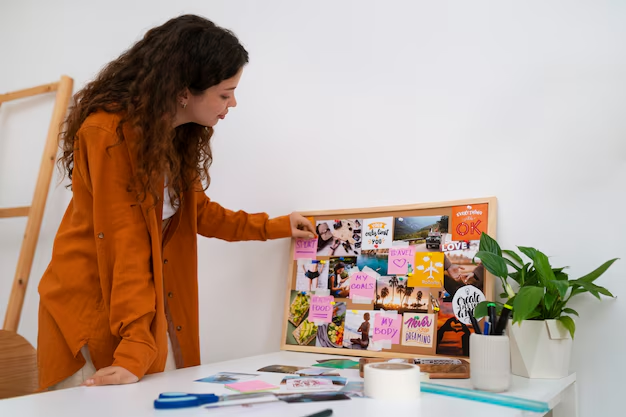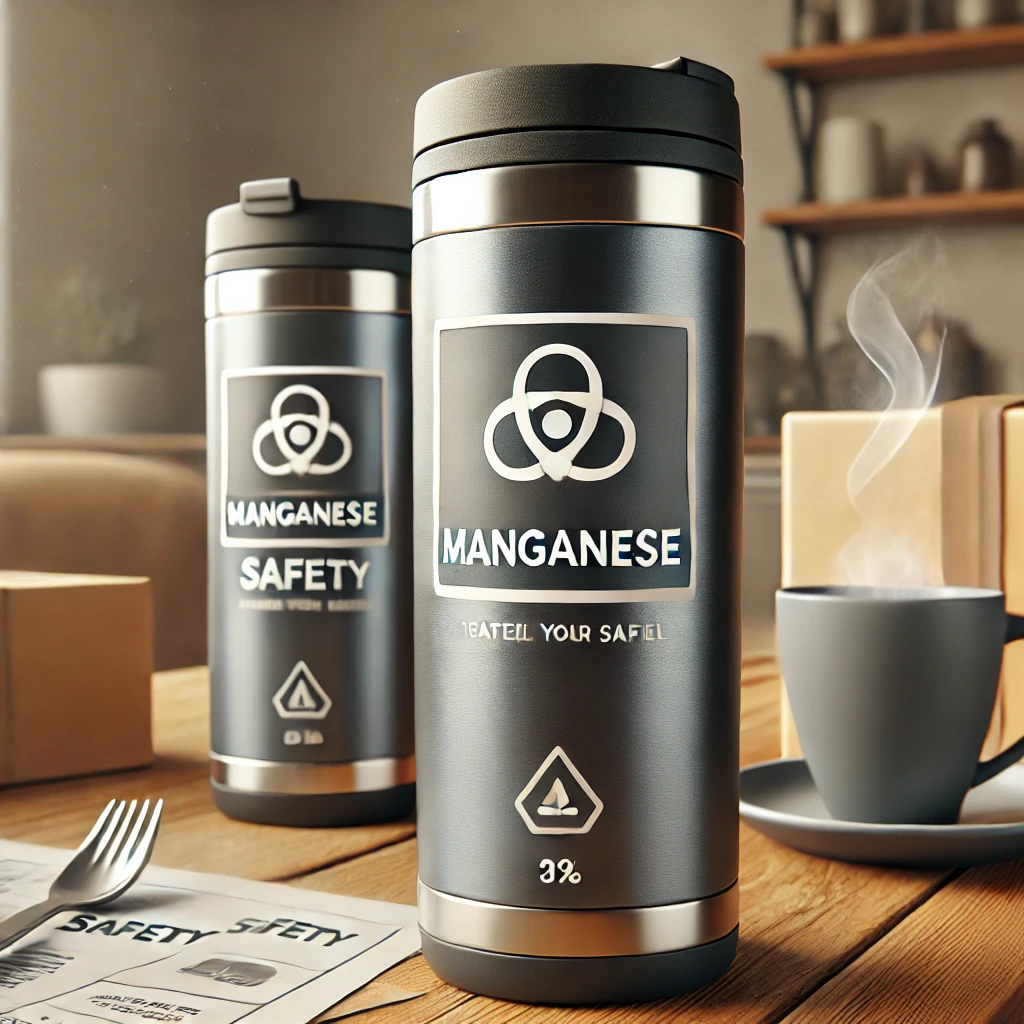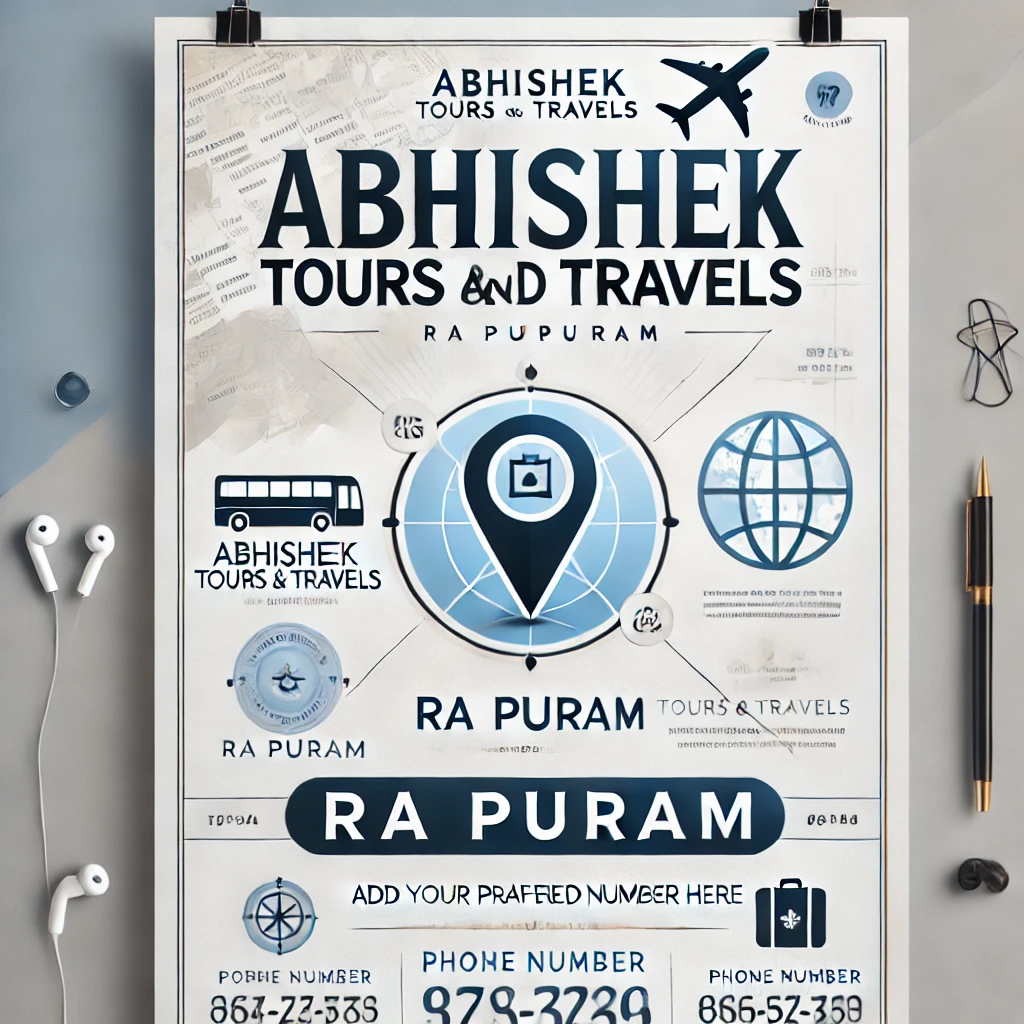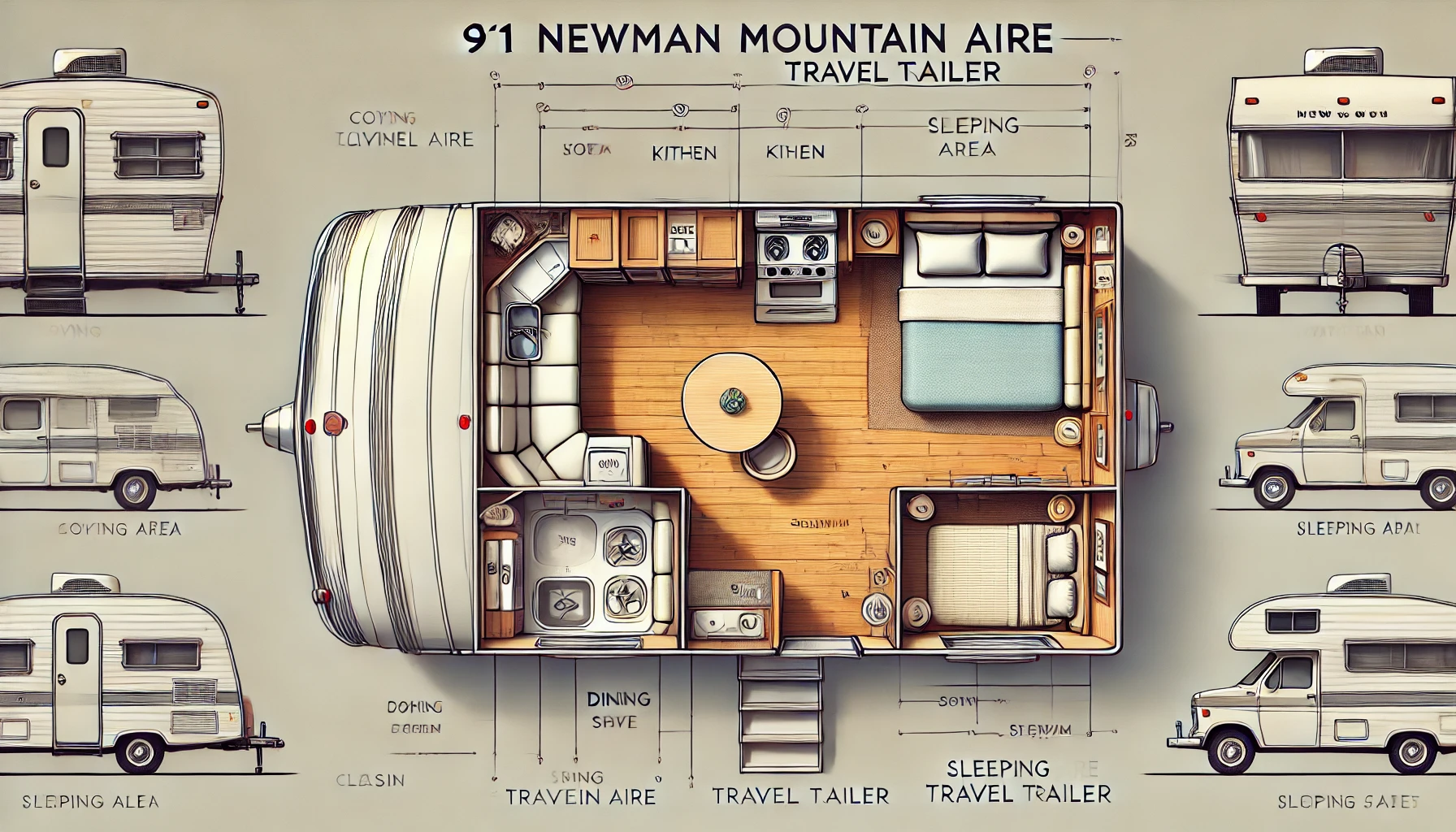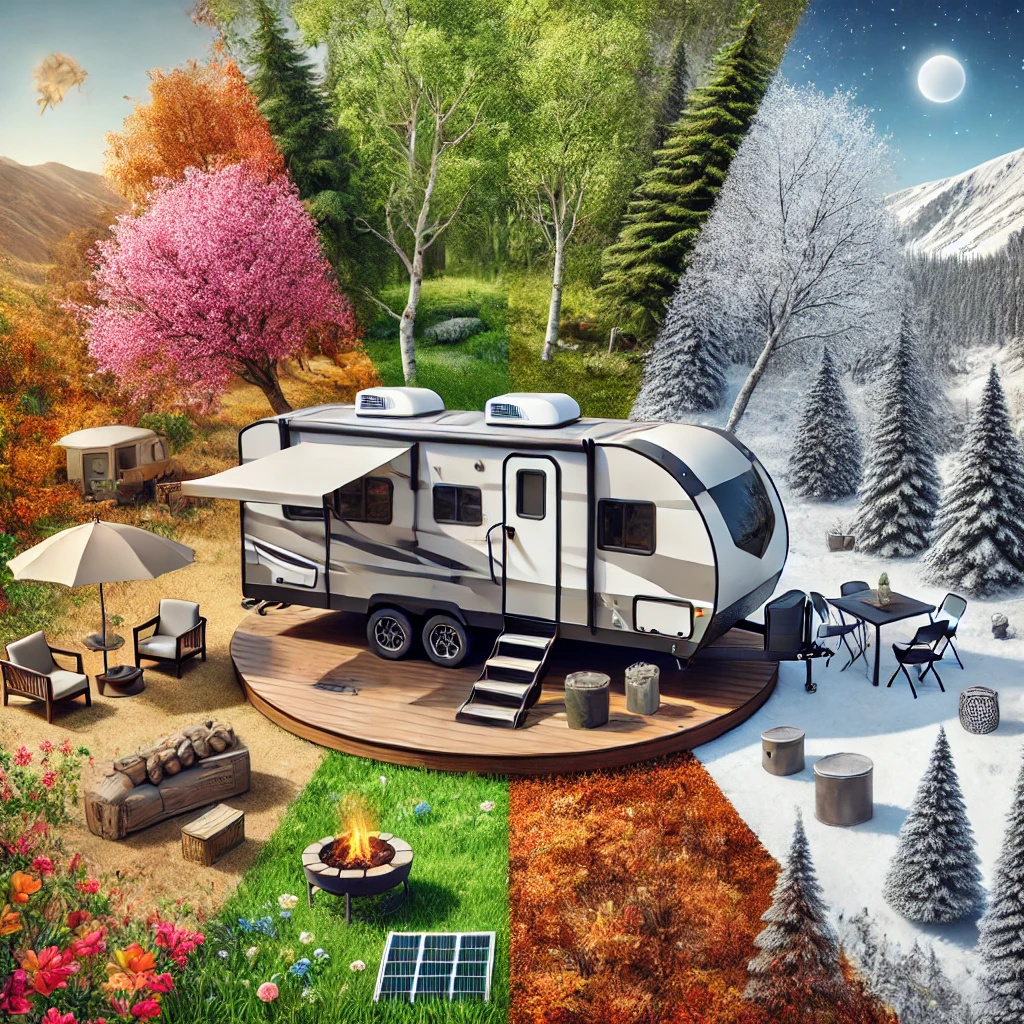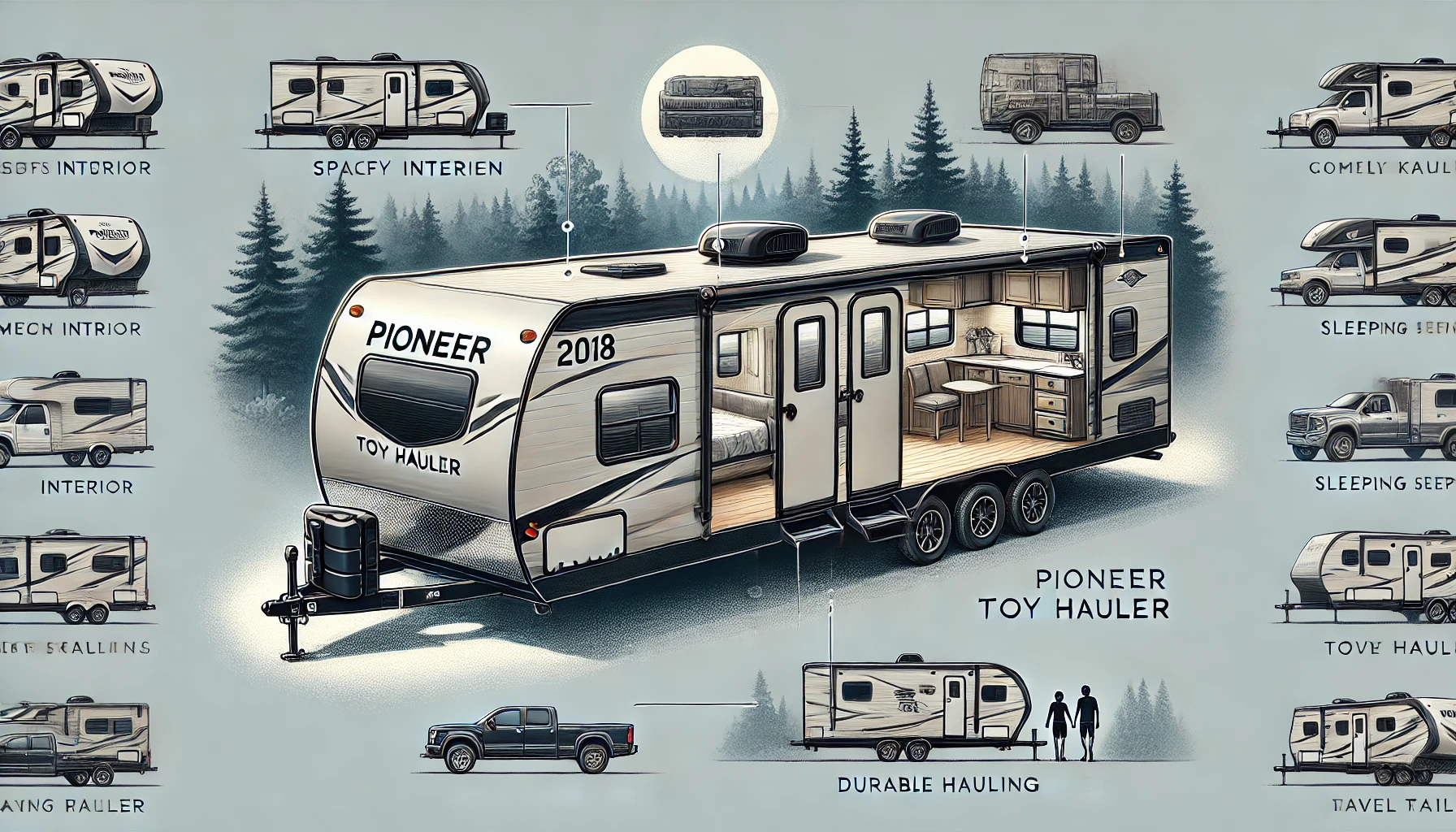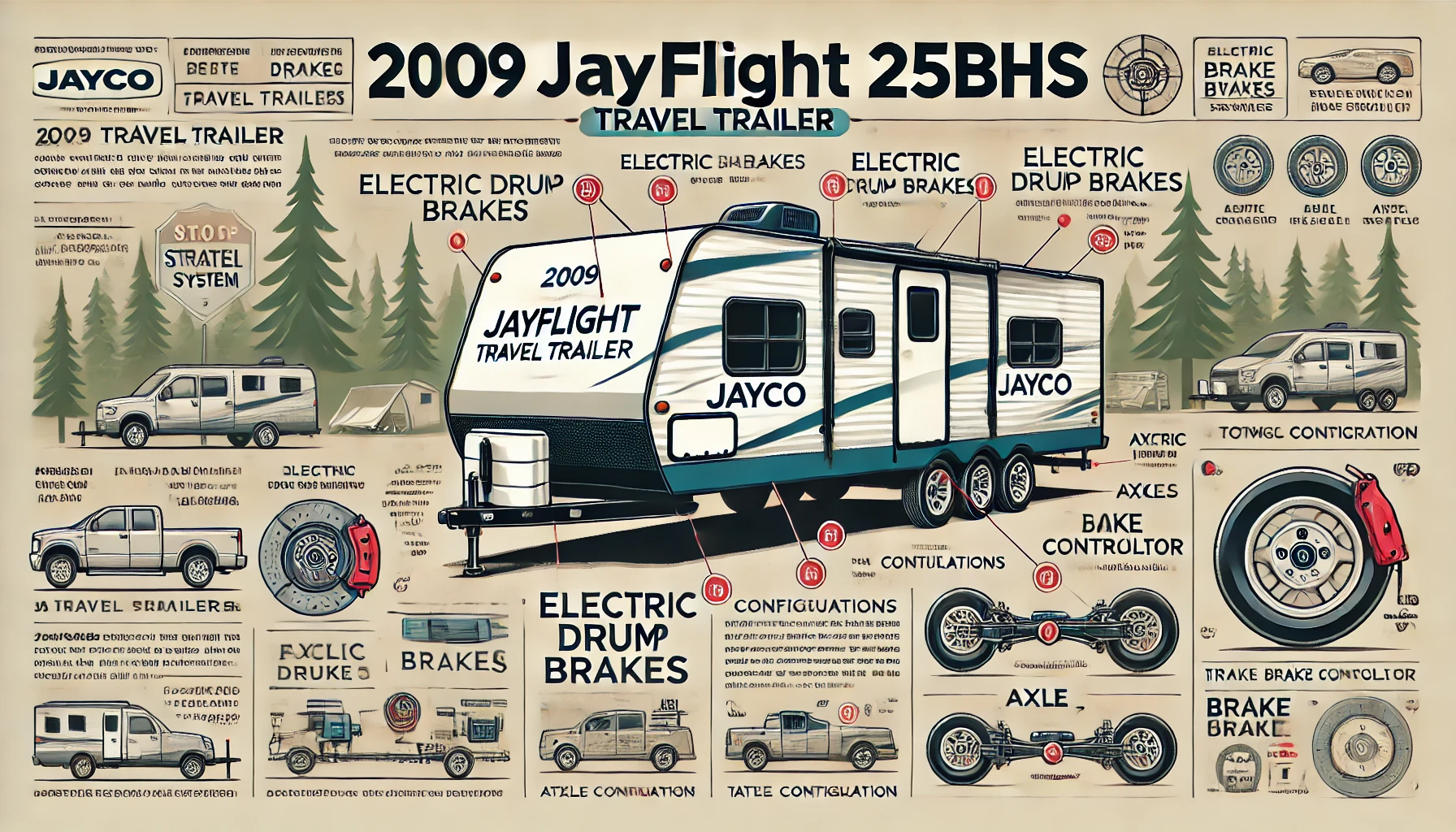A DIY busy board is a fantastic way to keep toddlers entertained while also helping them learn. With buttons, zippers, wheels, and switches, busy boards are designed to engage a child’s senses and build motor skills. And the best part? You can make one at home, personalizing it to your child’s needs and interests! This guide covers everything you need to know about DIY busy boards, from essential materials to step-by-step instructions.
What is a DIY Busy Board?
A busy board, also known as a sensory board, is a hands-on activity board designed to keep toddlers engaged. It usually includes everyday items like locks, latches, knobs, and other touch-friendly elements that children love to play with. The board provides a safe space for curious hands to explore and learn, enhancing fine motor skills, hand-eye coordination, and even problem-solving abilities.
Benefits of a DIY Busy Board
Creating a busy board has many perks for both children and parents:
- Encourages Independent Play: A busy board can keep kids occupied, giving parents a break or time to focus on other tasks.
- Promotes Sensory Development: With different textures, sounds, and movements, busy boards engage various senses, which helps children process and understand the world around them.
- Builds Motor Skills: Manipulating buttons, locks, and zippers strengthens a child’s hand muscles and coordination, essential for skills like writing and dressing.
- Safe Exploration: A busy board lets kids explore and satisfy their curiosity without the risks of real household items.
Essential Materials for a DIY Busy Board
You’ll need a few basic materials to get started. Here’s a list to guide you, but remember, you can customize it based on what you have at home!
- Board: A sturdy wooden board, around 18×24 inches, works well as a base. You can also repurpose an old cabinet door.
- Hardware Pieces: These can include locks, hinges, door stoppers, zippers, wheels, and knobs. Visit your local hardware store, and think about items that are safe and interesting for a child to touch and move.
- Everyday Items: Think of safe household items that your child might find fascinating, such as light switches, buttons, small mirrors, or pieces of fabric.
- Adhesives and Screws: Use strong adhesives or screws to securely attach each item to the board. Safety is key, so make sure each element is firmly attached and can’t be pulled off.
- Paint or Decorative Elements (Optional): For a personal touch, add non-toxic paint or decals to make the board more visually appealing.
Step-by-Step Guide to Making a DIY Busy Board
Creating your own busy board is simple with a few tools and a bit of creativity:
- Prepare Your Base
Sand down the wooden board to remove any splinters or rough edges. You may want to paint it or add designs at this stage, but keep the decoration minimal to avoid overstimulating young minds. - Plan the Layout
Arrange your items on the board before securing them. Think about how your child will interact with each item, ensuring they’re within easy reach and spaced out enough to prevent overcrowding. - Attach the Hardware and Items
Using a drill or strong adhesive, attach each item one by one. Test each item after attaching it to ensure it’s secure and won’t come off easily. If you’re using screws, check for any sharp edges and cover them with protective caps if needed. - Customize with Soft Materials
Add soft elements like fabric or felt pieces if you’d like to add a sensory touch. You could also add Velcro strips, ribbons, or even an old calculator keypad to engage different senses. - Check for Safety
Double-check that every item is secure, with no sharp edges or small parts that could come loose. For younger toddlers, avoid items that could pose a choking hazard.
Ideas for Items to Include in a DIY Busy Board
Here’s a list of safe, interesting items you might include in a busy board:
- Zippers: Great for learning fine motor skills.
- Door Latches: Fun for opening and closing.
- Switches and Buttons: Light switches or buttons from old electronics (no live wires!).
- Mini Chalkboard: A space where your child can doodle and erase.
- Toy Gears: Rotating gears can captivate children as they figure out cause and effect.
- Plastic Mirror: Kids love to see themselves; a small mirror adds fun and self-recognition.
Tips for Creating a Safe and Engaging Busy Board
- Choose Age-Appropriate Items: Avoid small parts that could be a choking hazard if your child is under three.
- Use Non-Toxic Materials: When using adhesives, paints, or decorations, opt for non-toxic products.
- Inspect Regularly: Regularly check the board to make sure everything is still securely attached and safe for play.
Conclusion
Making a DIY busy board is an enjoyable project that not only entertains but also supports your child’s development. It’s cost-effective, customizable, and gives your child a sense of independence as they explore new textures, sounds, and movements. With a few items from around the house or local hardware store, you can create an engaging and educational toy that will captivate your little one for hours.
FAQs
1. What age is a busy board suitable for?
Busy boards are generally safe for children aged 6 months to 3 years, though you should customize the items based on your child’s age and abilities.
2. What types of items should I avoid?
Avoid small items that could pose a choking hazard, sharp edges, and anything with live electrical parts. Always prioritize safety!
3. How do I make the busy board secure?
Use screws or strong adhesive to ensure each item is tightly attached to the board. Regularly inspect it to make sure everything is still secure.
4. Can I make a portable busy board?
Yes! Opt for a smaller board that’s easy to carry or attach handles to the sides. You could even add Velcro strips to make items detachable.
5. What are the educational benefits of a busy board?
Busy boards help with motor skill development, sensory processing, and hand-eye coordination, making them an excellent tool for early learning.
Creating a DIY busy board is a fun, hands-on way to keep little ones engaged, safe, and learning. With a bit of creativity, you can design a board that’s not only educational but tailored to your child’s unique curiosity. Happy crafting!
